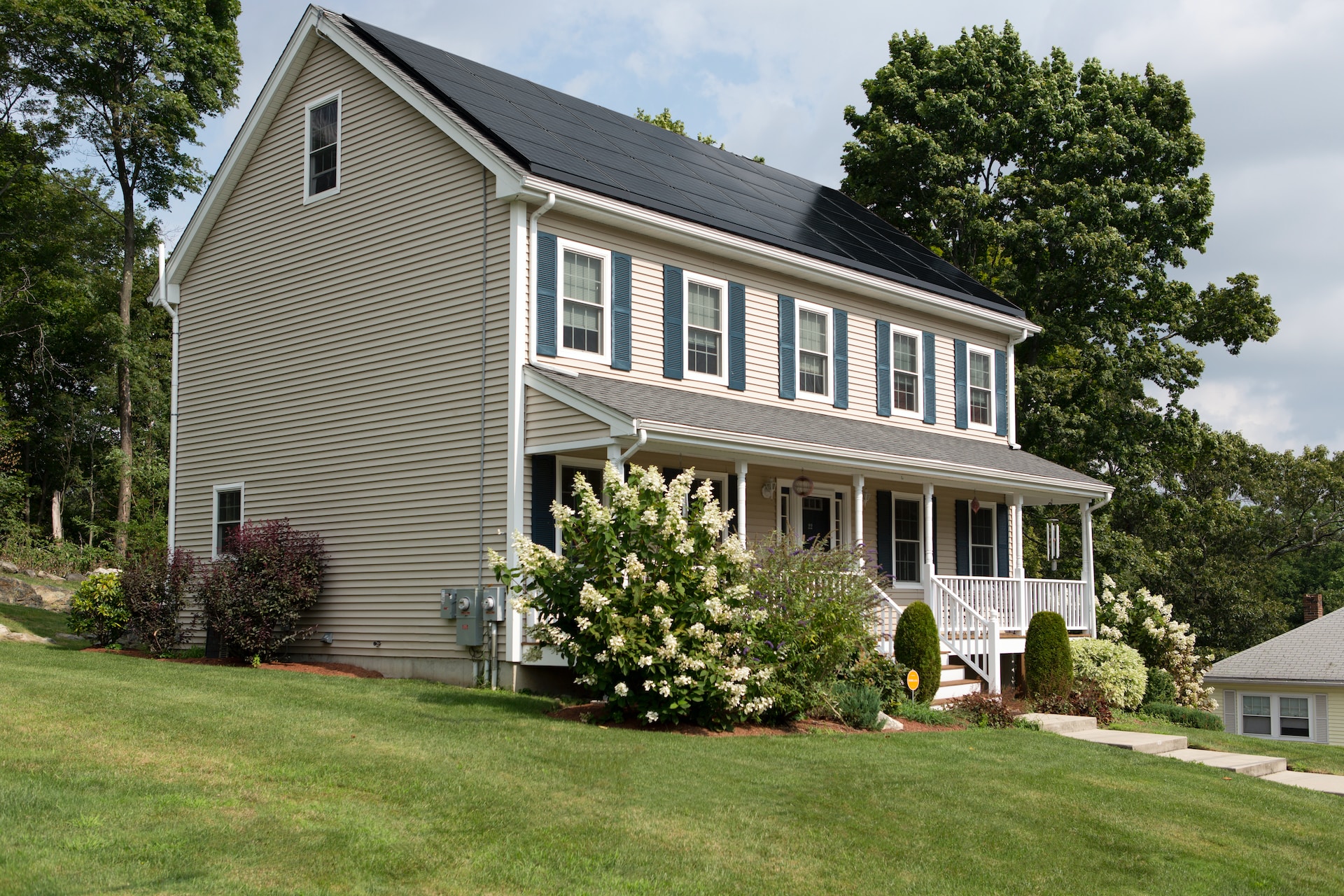Homeownership is a cherished dream for many Texans, but the rising cost of home insurance has become a significant concern. Why is home insurance so expensive in Texas? We will explain the why and practical solutions for managing these costs.
In general, home insurance rates are determined by a combination of factors assessing the risk level associated with insuring a property. These factors include the property’s location, value, construction type, and potential risks. Each component plays a role in calculating the overall insurance premium.
Factors contributing to high home insurance costs in Texas
The factors contributing to high home insurance costs in Texas are multifaceted and encompass many things that amplify the financial burden on homeowners. These factors all intersect to create a complex landscape of insurance rates in the state. From the ever-present threat of natural disasters to the evolving dynamics of property values and urban growth, Texas faces a convergence of challenges that necessitate a comprehensive understanding of the forces driving these costs.
- Natural disaster risks: Texas is prone to various natural disasters, including hurricanes, tornadoes, and flooding. These events pose a significant risk to homes and properties, leading to higher insurance premiums. Repairing and rebuilding homes after such catastrophic events adds to the insurance expenses.
- Property values and construction costs: The cost of rebuilding or repairing a home in Texas is influenced by property values and construction costs, both of which have risen. When property values increase, insurance companies adjust their rates to reflect the potential cost of rebuilding.
- Population density and urban development: High and rapid urban development can impact insurance costs. As more people live in close proximity, the risk of damage during a disaster increases, causing insurers to raise premiums to cover potential claims.
Texas-specific challenges
The challenges facing Texas-specific are a set of distinctive circumstances that directly influence the elevated home insurance costs in the state. Texas’s expansive geographical dimensions expose it to various weather conditions, ranging from hurricane threats along the Gulf Coast to the vulnerability of tornado-prone regions. While captivating, this geographical diversity contributes to the state’s heightened risk profile, increasing insurance premiums.
The frequency and intensity of weather-related events constitute another vital challenge specific to Texas. Hailstorms, floods, and wildfires frequently impact the state, subjecting homes and properties to substantial risks. The surge in insurance claims caused by these events contributes to the mounting insurance coverage costs. Texas residents contend with an environment where unpredictable weather is the norm, necessitating robust insurance policies to safeguard against potential damages.
The regulatory and legal aspects unique to Texas play a role in shaping insurance costs. For instance, the state’s distinct stance on building codes and regulations can significantly impact the resilience of homes in the face of disasters. Stringent or flexible building standards can influence the extent of damage experienced during catastrophes, thereby influencing the likelihood of insurance claims. These regulatory dynamics intertwine with insurance rates, creating a complex interplay between governmental decisions and financial implications for homeowners.
Lowering the high home insurance costs in Texas
To mitigate the burden of high home insurance costs in Texas, homeowners can explore various strategies to lower their insurance expenses effectively. One approach is to consider bundling insurance policies, which involves combining multiple insurance policies, such as home and auto insurance, with the same provider. Bundling often results in reduced premiums, making it a financially savvy choice for homeowners seeking to manage their insurance costs.
Implementing risk reduction and preventive measures is another avenue to explore. By taking proactive steps to fortify their homes, homeowners can significantly decrease the likelihood of damage and subsequent insurance claims. Reinforcing roofs to withstand harsh weather conditions, installing storm shutters to protect against wind and debris, and elevating homes in flood-prone areas to minimize flood-related risks are all effective measures that not only enhance the safety of the property but also contribute to potential insurance savings over the long term.
Insurance providers frequently offer a range of discounts that can help homeowners trim their insurance expenses. These discounts often reward certain attributes that contribute to lower risks. Home safety features, such as security systems and smoke detectors, demonstrate a commitment to safeguarding the property and its occupants, making homeowners eligible for premium reductions. Loyalty to an insurance provider and maintaining a history of claim-free years can also unlock substantial discounts. Additionally, homeowners can strategically adjust their policy coverages and deductibles to align with their risk tolerance and budget, tailoring their insurance costs to their specific needs.
The role of coverage and deductibles
Selecting appropriate coverage levels and deductibles is a balancing act. While higher coverage limits offer more protection, they come with higher premiums. Homeowners should assess risk tolerance and financial capacity to determine the right balance.
Shopping around for better rates
Homeowners should obtain quotes from multiple insurance providers. This practice allows them to compare rates, coverage options, and discounts to find the best value for their insurance needs. Online comparison tools and insurance agents can assist in this process.
Public policy and insurance affordability
Government initiatives can play a role in addressing high insurance costs, including incentives for disaster-resistant construction, subsidies for insurance premiums, or funding for community-wide disaster preparedness programs. These efforts aim to make insurance more affordable for homeowners.
The high cost of homeowners insurance in Texas is driven by a complex interplay of factors, including natural disaster risks, property values, and regulatory influences. By understanding these factors and taking proactive measures, homeowners can manage insurance expenses without compromising on protecting their valuable assets. Texans need to stay informed, explore different insurance options, and engage in community efforts to build resilient neighborhoods that can withstand the challenges of a dynamic environment.




